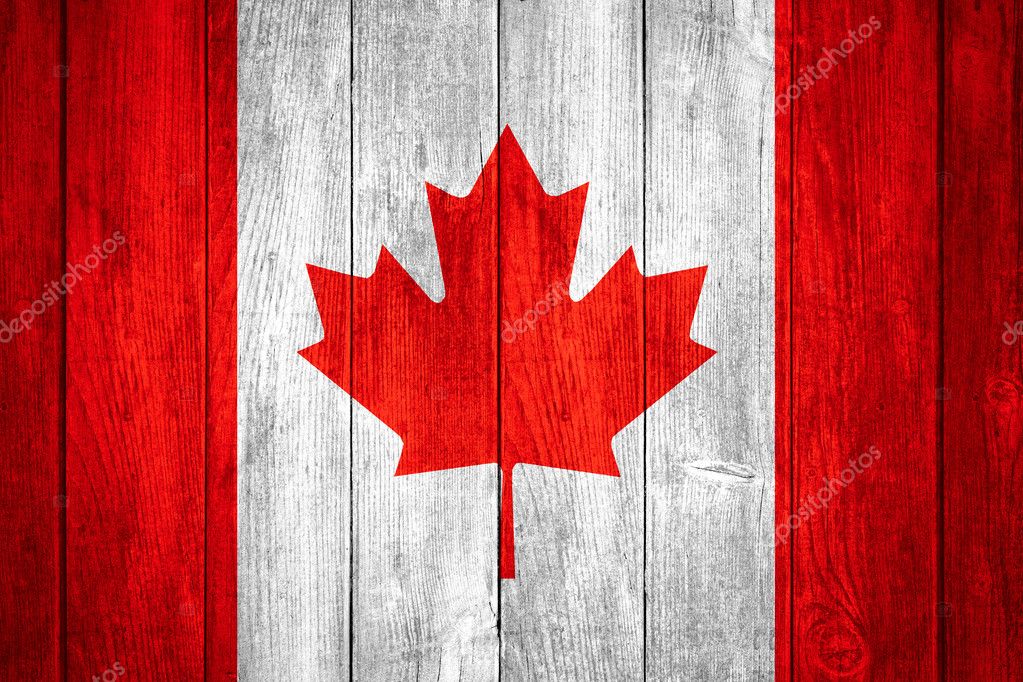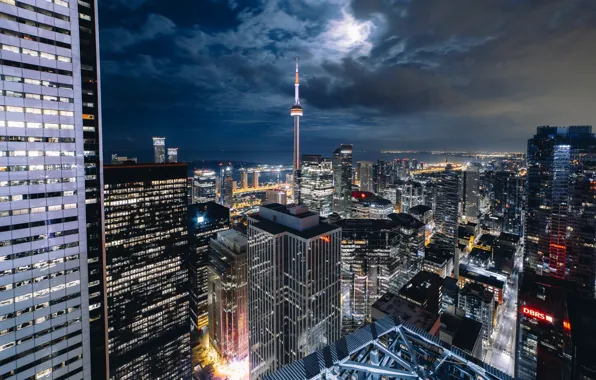
Welcome to Canada
Interesting facts
-

Hockey
National winter sport
Born of various influences from stick-and-ball games brought from the United Kingdom and indigenous games, the contemporary sport of ice hockey originated in Montreal. It is the official national winter sport of Canada. Hockey is widely considered Canada's national pastime, with high levels of participation by children, men, and women at various levels of competition. Annual championships began in Montreal in the 1880s, leading to the awarding of the Stanley Cup, considered the oldest trophy in North American sports.
-
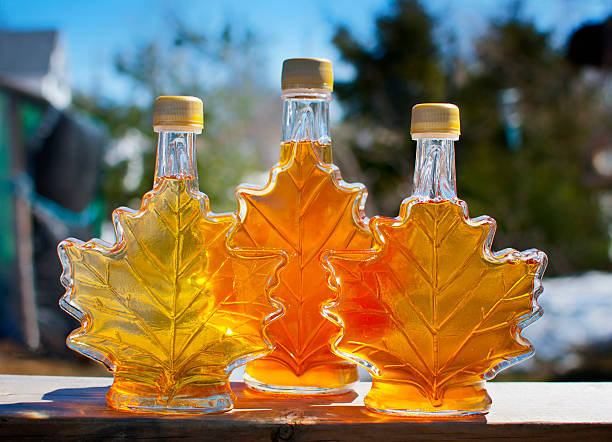
Maple syrup
Revered emblem of Canadian culture
The history of maple syrup began in the 18th century; the technology for its production was invented by the indigenous inhabitants of the mainland, the Indians. Maple syrup is a rare product. Only sugary types of maples are suitable for its preparation - red, black, and the age of the maple must be more than 40 years. 75% of maple syrup is produced in Canada, in Quebec, where sugar maples grow, and in Ontario.
-
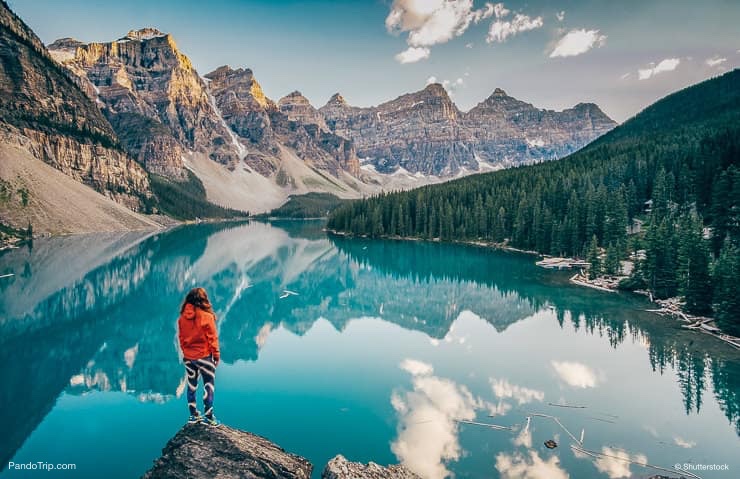
Lakes
Canada has as many as 2 million lakes, which accounts for 14% of the world's lakes.
Canada is home to some of the most spectacular freshwater lakes in the world. With 563 lakes larger than 100 square kilometers, it has more lake area than any other country in the world. Canadian lakes are not only a major source fresh water but also hotspots for tourism and recreation. Some of the best-known lakes in Canada are the Great Lakes: Lake Superior, Lake Ontario, Lake Huron, and Lake Erie. Lake Superior, with a surface area of 82,100 km2, is also the largest lake in Canada.
-

Canadian Moose
Canada has the largest moose population in the world
In Canada moose can be found in almost every region, excluding the Arctic and Vancouver Island, with an abundance in Newfoundland after a few pairs were introduced to the island in the early 1900s. Moose tend to live close to water sources such as the lakes, muskegs and streams of the boreal forest.
-
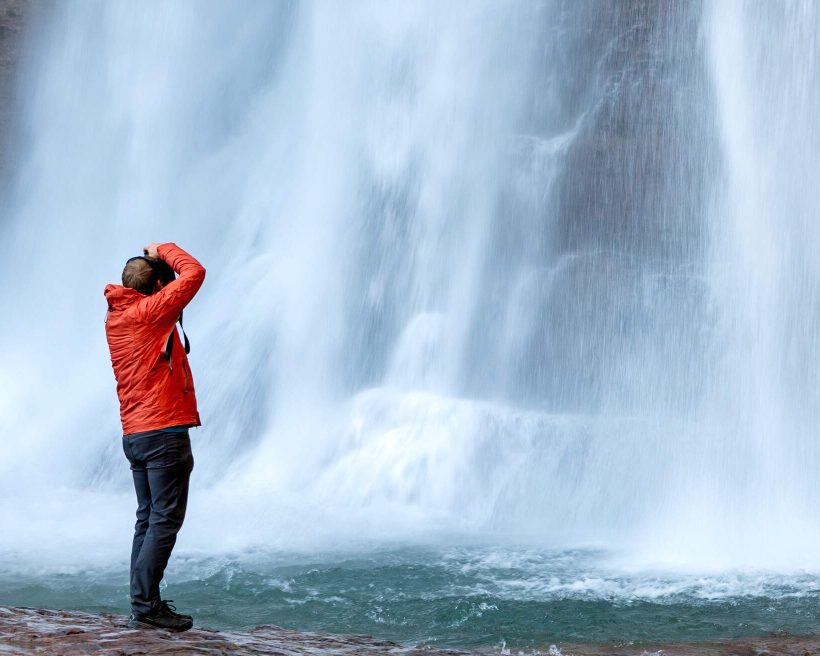
Waterfalls
Canada has more than 1700 major waterfalls
There’s an over-abundance of Canadian waterfalls, each with its own character and claim to fame. Many remain unnamed, such is the quantity, but to give you a sense of how many there are, roughly 1,700 have already been named. Some are renowned for their vast height, and others are known for the sheer amount of water that pours down. Some are world-famous, others more obscure, requiring a bit of a hike rather than merely seeing them from your car or in designated tourist viewing spots.
Travelling tips
Here are some useful travel tips for visiting Canada:
🔊 Best Time to Visit Summer (June-August): Best for outdoor activities like hiking, canoeing, and sightseeing. Cities like Vancouver, Toronto, and Montreal have great festivals. Fall (September-November): Beautiful fall foliage, especially in places like Ontario and Quebec. Winter (December-March): Ideal for skiing and snowboarding in places like Whistler, Banff, and Mont-Tremblant. Be prepared for cold temperatures. Spring (April-May): Mild weather, fewer tourists, and blooming flowers.
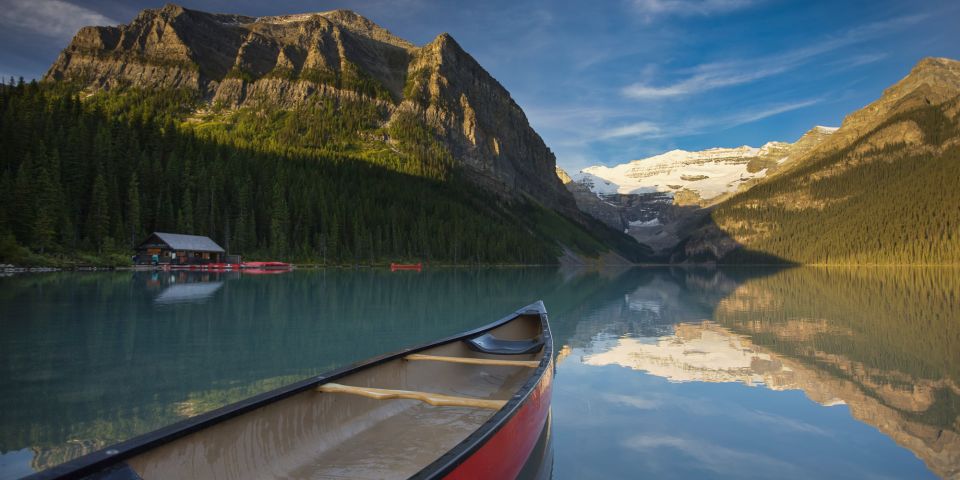
🔊 Visa and Entry Requirements ETA for Flights: Most travelers from visa-exempt countries (like the US, UK, EU) need an Electronic Travel Authorization (eTA) to fly into Canada. Apply online before your trip. Visa for Some Nationalities: Citizens of certain countries may need a visa. Check Canada's official immigration website for for detailed visa requirements specific to your nationality before planning your trip.
🔊 Weather and Packing Tips: Cold Winters: In Canada, winters can be extremely cold, particularly in the northern and prairie provinces. Temperatures often drop well below freezing. Pack layers, a heavy winter coat, thermal wear, gloves, and a hat to stay warm. Mild Summers: Canadian summers are generally warm, though weather can vary by region. Light clothing is suitable for most areas, but it's wise to bring a jacket or sweater for cooler evenings, especially in coastal areas or mountain regions where temperatures can drop unexpectedly.

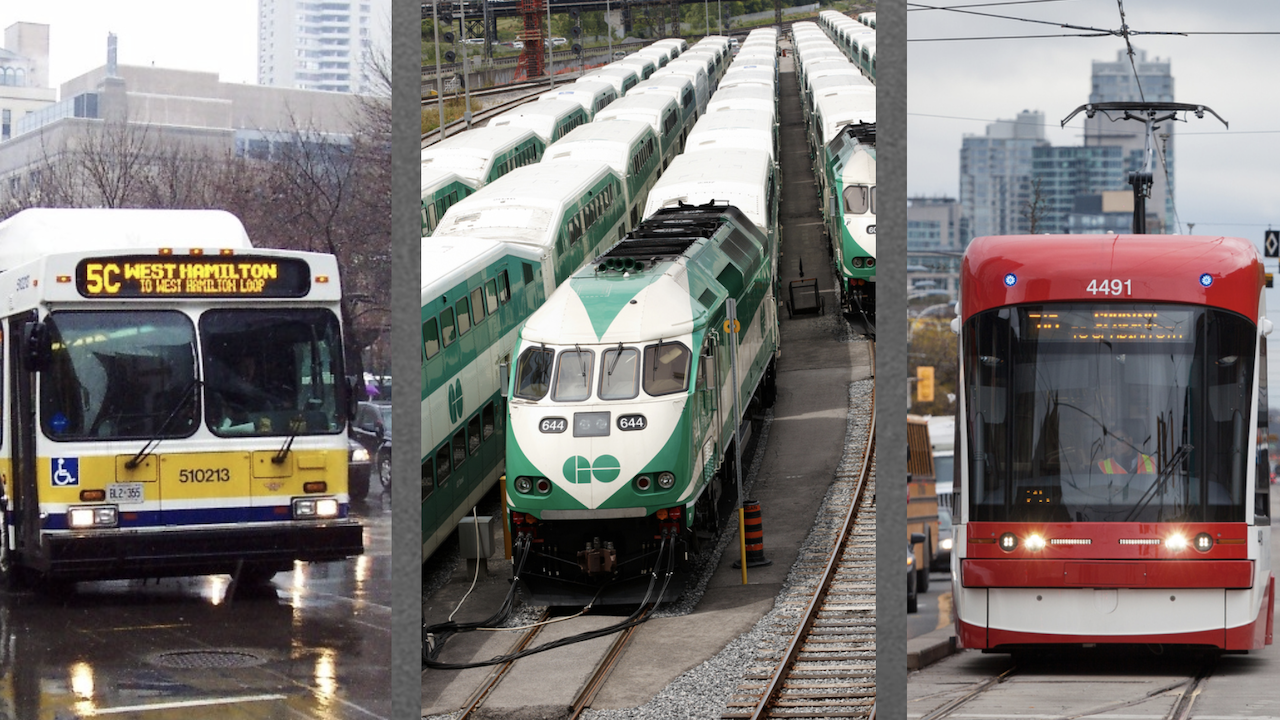
🔊 Transportation Public Transit: Major cities like Toronto, Vancouver, and Montreal have excellent public transportation systems (subways, buses, streetcars). Buy day passes or transit cards for easy access. Driving: Canada drives on the right side. Renting a car is great for exploring national parks and more remote areas, but be aware of long distances between major cities. Train: VIA Rail offers scenic train routes, especially across the Rockies, though it's generally slower and more expensive than flying.
🔊 Currency and Tipping Currency: Currency: Canada uses the Canadian dollar (CAD). Credit and debit cards are accepted almost everywhere, and you can easily find ATMs in most areas. It’s a good idea to carry some cash for small purchases, especially in rural areas. Tipping: In restaurants and bars, tipping 15-20% of the total bill is customary. For taxi drivers, a tip of around 10-15% is appreciated. Hotel staff, such as porters and housekeeping, typically expect tips as well, usually around $1-$5 per service. Tour guides also appreciate tips for their services..

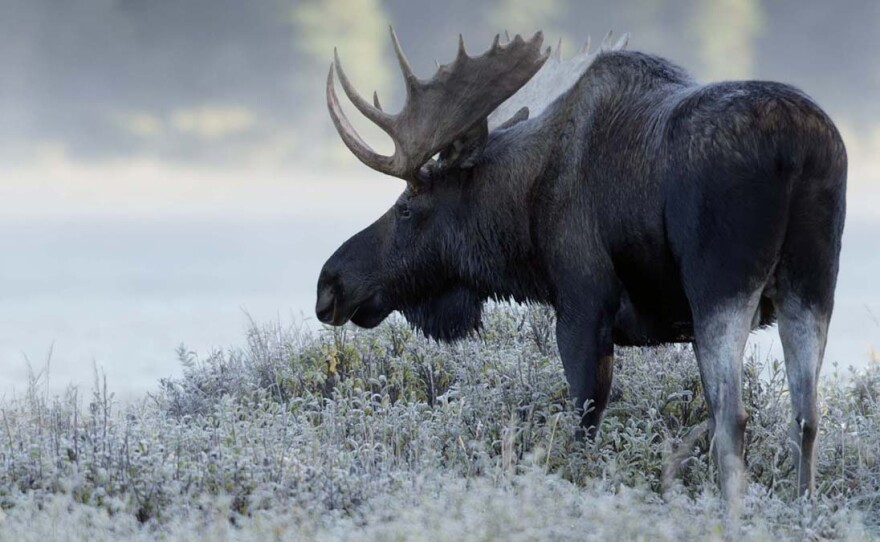
🔊 Outdoor Safety Wildlife: Canada has amazing wildlife, but always keep a safe distance from animals like bears and moose. Carry bear spray if you're hiking in wilderness areas. Hiking: Stick to marked trails in national parks. Weather can change quickly, so bring proper gear and plenty of water. National Parks: Canada has stunning national parks like Banff, Jasper, and Gros Morne. Purchase a Parks Canada pass if you plan to visit multiple parks.
